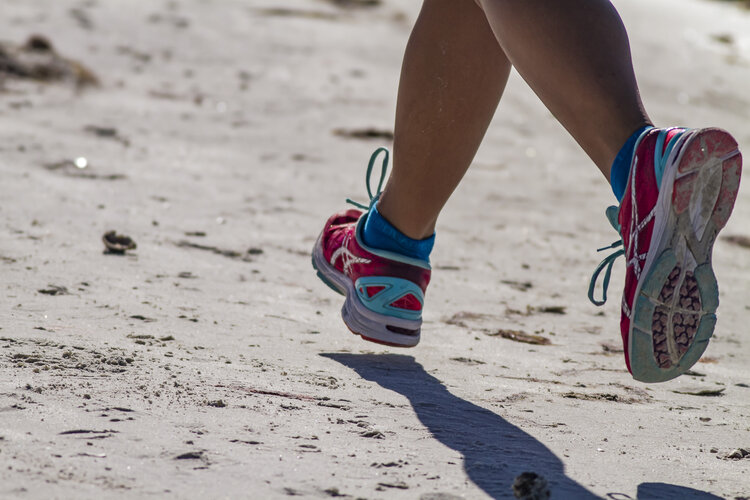Lace Up, Boot Up and Get Going !
Lace Up, Boot Up and Get Going !
By Dr. Shravya Shiva, Wellness Consultant and Fitness Expert
We know that Cancer as a disease takes a toll on the body in multiple ways.
Identifying and addressing those needs is of utmost importance. One such area often ignored and unmet is fitness. The need for it is often mentioned in passing during the treatment phase, but is probably not emphasised upon adequately.
Treatment and the disease by itself leads the patient to get into a cycle of bed rest and fatigue and develop a sedentary lifestyle. But it is important to remember that fitness or workout regimen initiated during the treatment itself can keep a lot of physical wasting and disabilities at bay.

Some of the effects of treatment are –
Loss of posture and body image
Decrease in muscle size
Decrease in strength, flexibility and stamina
Loss in confidence.
Evidence for Exercise !
There are multiple studies to suggest the importance of fitness in preventing cancer during cancer and even after treatment. Quoting from an article:
“The Clinical Oncology Society of Australia (COSA) is very clear on the directive. Its recommendations are:
Exercise should be embedded as part of standard practice in cancer care and viewed as an adjunct therapy that helps counteract the adverse effects of cancer and its treatment.
All members of the multi-disciplinary cancer team should promote physical activity and help their patients adhere to exercise guidelines.
Best practice cancer care should include referral to an accredited exercise physiologist and/or physical therapist with experience in cancer care.”
There is plenty of evidence to suggest that withholding exercise from patients is probably harmful and that they must and should embark on a journey of fitness.
How to begin?
There are multiple questions that may pop in your mind. First, it is important to get rid of mental blocks. Eliminate questions such as –
” Is running/swimming for me?” , “Can I even lift weights”? Remember that exercise is for all! It would be best to identify your needs and interests with the right guidance.
“Next,I don’t know where to start” Sit less for a start, get moving. Just engage in more physical activity than usual. Carry out more chores around the house for yourself and others too.
“I am not fit enough and have no energy” Exercise gives you energy ! Remember it is not to exhaust you.
“I don’t have the time” Chalk out your activities for the day, plan well and prioritise. You will find time!
“There is no one to help me” Rope in a friend, join an online support group or ask a family or a caregiver to join for a partner workout. Partner workouts are fun !
“I don’t have the necessary equipment” – Look around find a mat, find some weights, and good shoes. Play some music to accompany your workout.
How much of exercise should I do?
The exercise recommendation as per guidelines are
“Persons with cancer should practice aerobic exercise for about 150 minutes /week and strength training 2 times /week”.
Aerobic activities such as brisk walking , jogging etc increases your heart and lung function , and with regular practice you may take the stairs 2 at a time , begin enjoying treks and perhaps even run a marathon.
We lose strength as we age and hence strength training is important for everyone. It’s important to keep our muscles strong if we have to carry out daily tasks and be independent. Lifting weights can certainly help here. Even simply carrying an infant helps those muscles !
Flexibility training can help you perform your daily activities comfortably such move, bend, reach out, pick up stuff from the ground, pluck flowers or even sit down on the floor and eat. Flexibility training can be achieved by practicing gentle stretches or by practising yoga.
In conclusion
It’s may be a good idea to invest in some basic equipment such as a yoga mat, light weights and importantly a good pair of shoes. A consultation with the your oncologist/ exercise physiologist will give you the clearance to begin a workout with the right intensity and duration.
The key thing to keep in mind is the fact that it’s alright to start in a small way and progress as you keep exercising. One step at a time can take you a long way !
Get moving. Make it happen!


